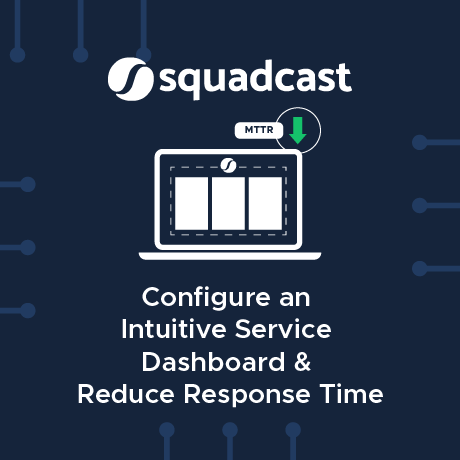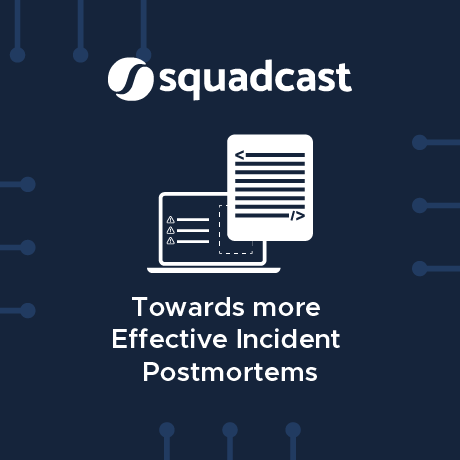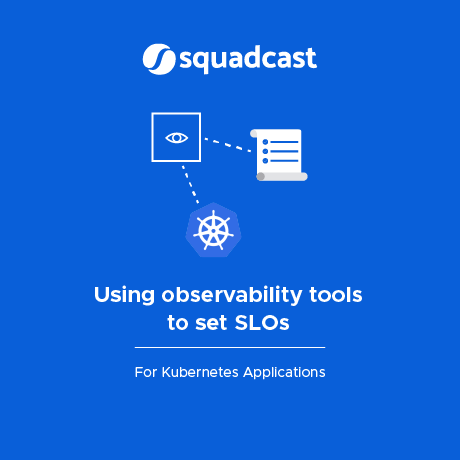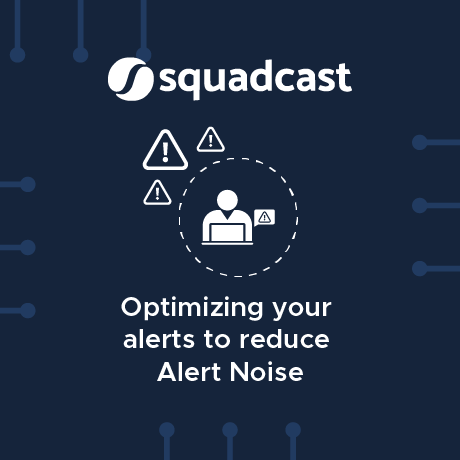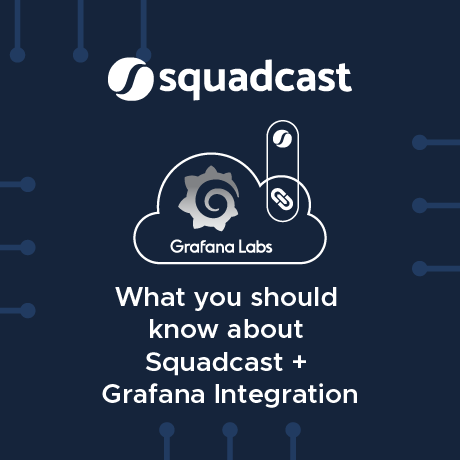Configure an Intuitive Service Dashboard & Reduce Response Time
Leverage Multiple Alert Sources in Squadcast to reflect your actual system infrastructure on your Service Dashboard Having your Incident Management Tool reflect your system architecture is a big milestone in reducing cognitive load on your on-call team. In order to help our users move one step closer to this milestone, we recently released the functionality to add multiple alert sources to a service. You can now model your service dashboard to mimic your actual system architecture.


